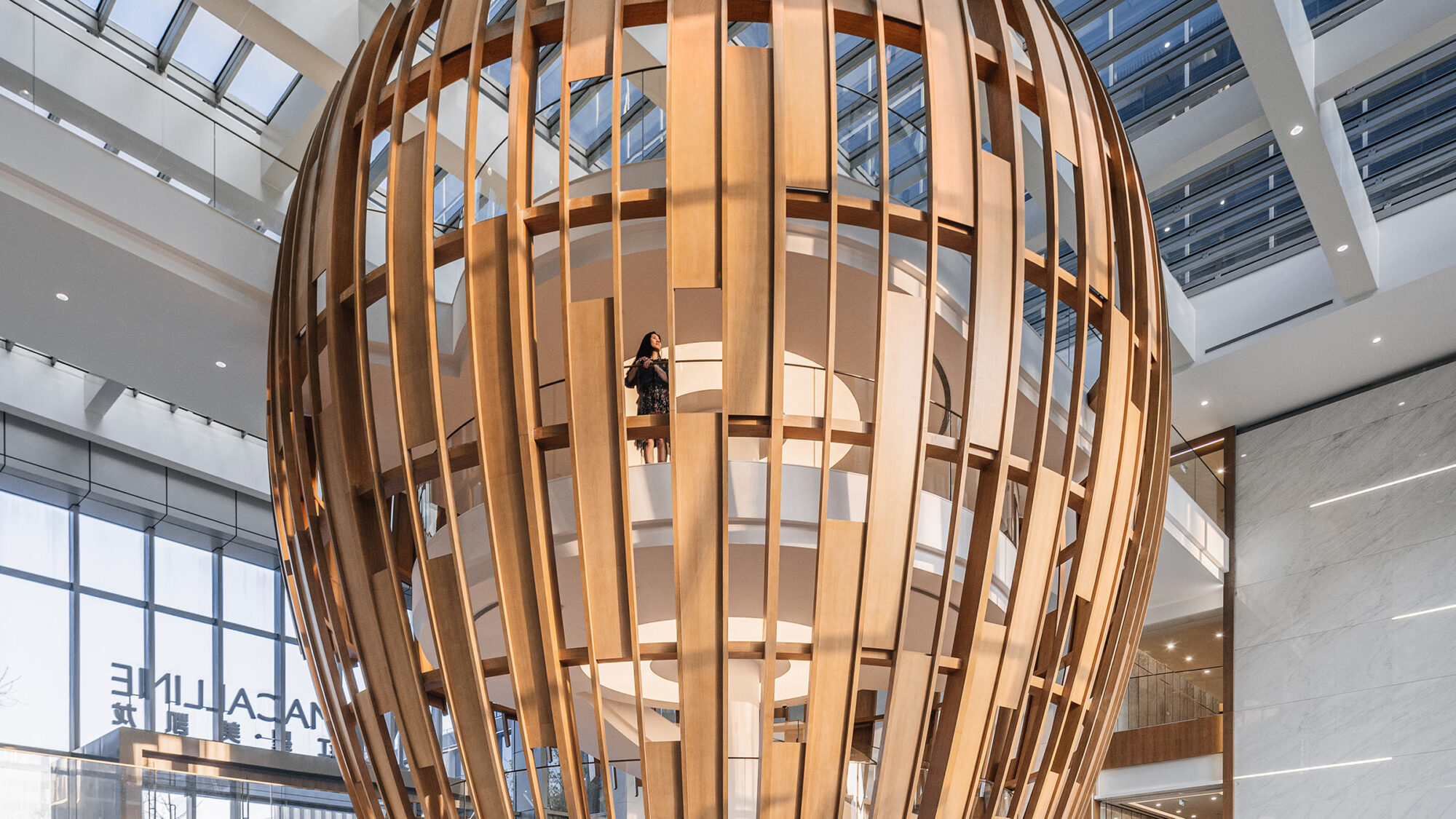

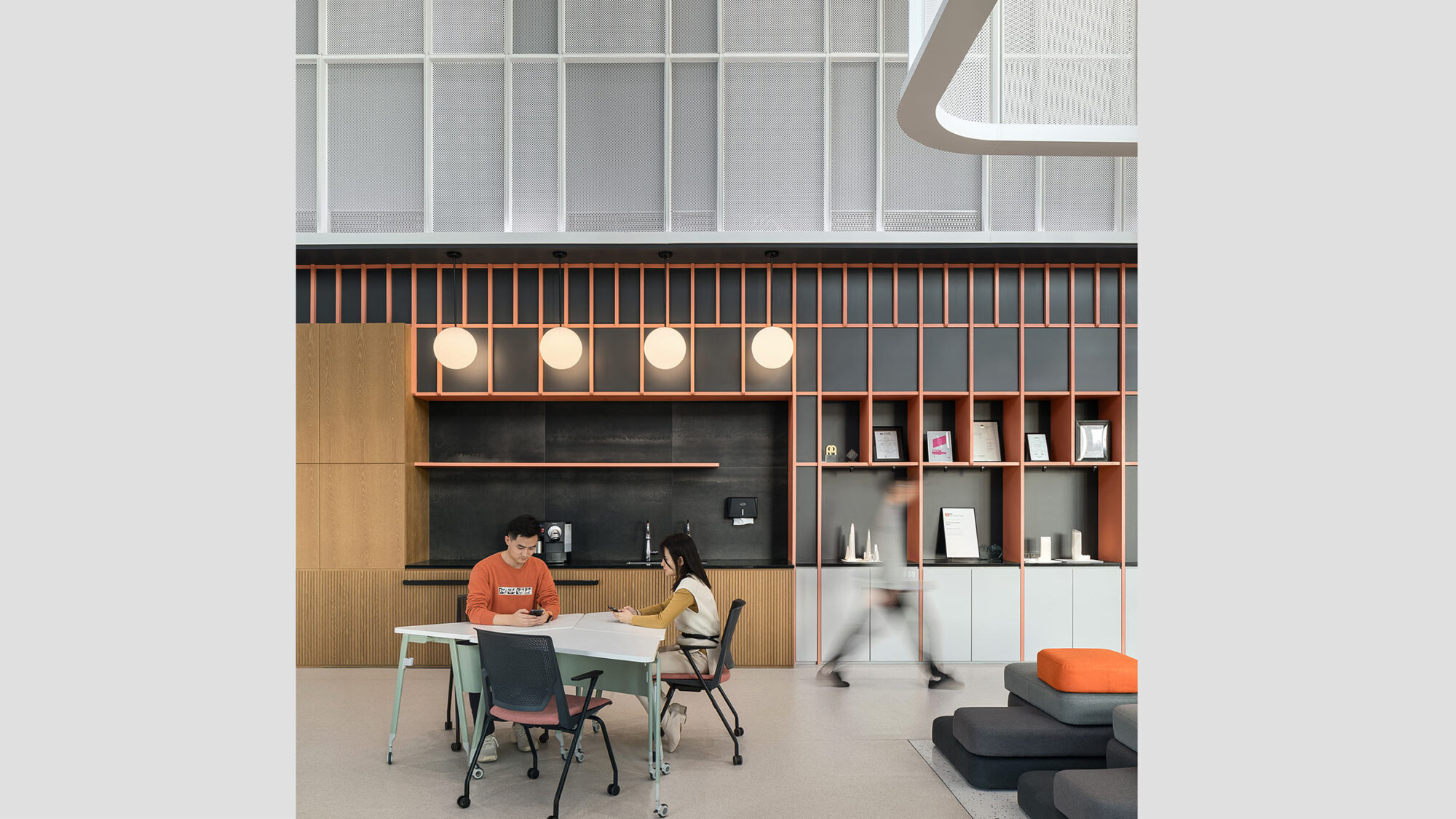
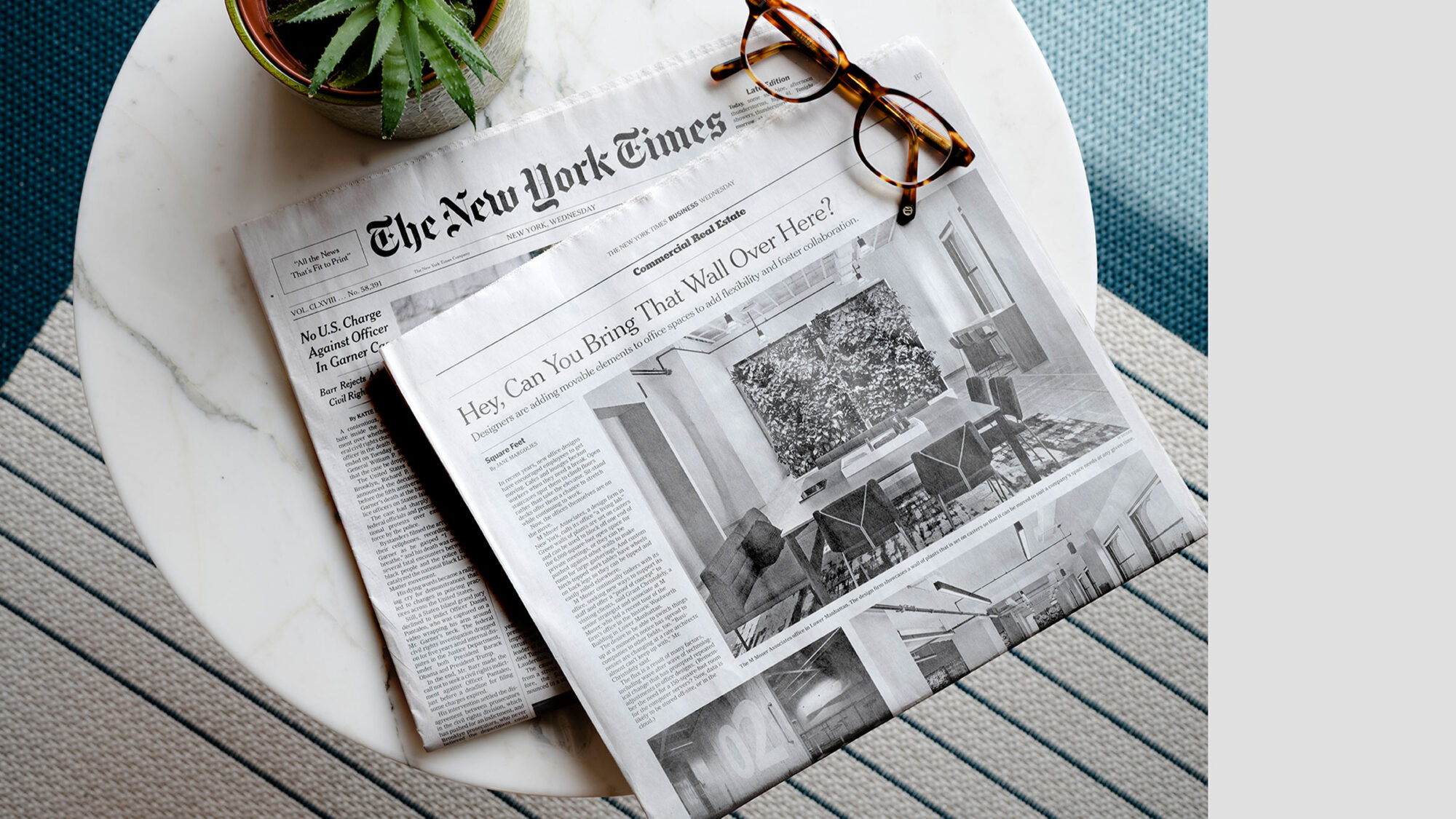
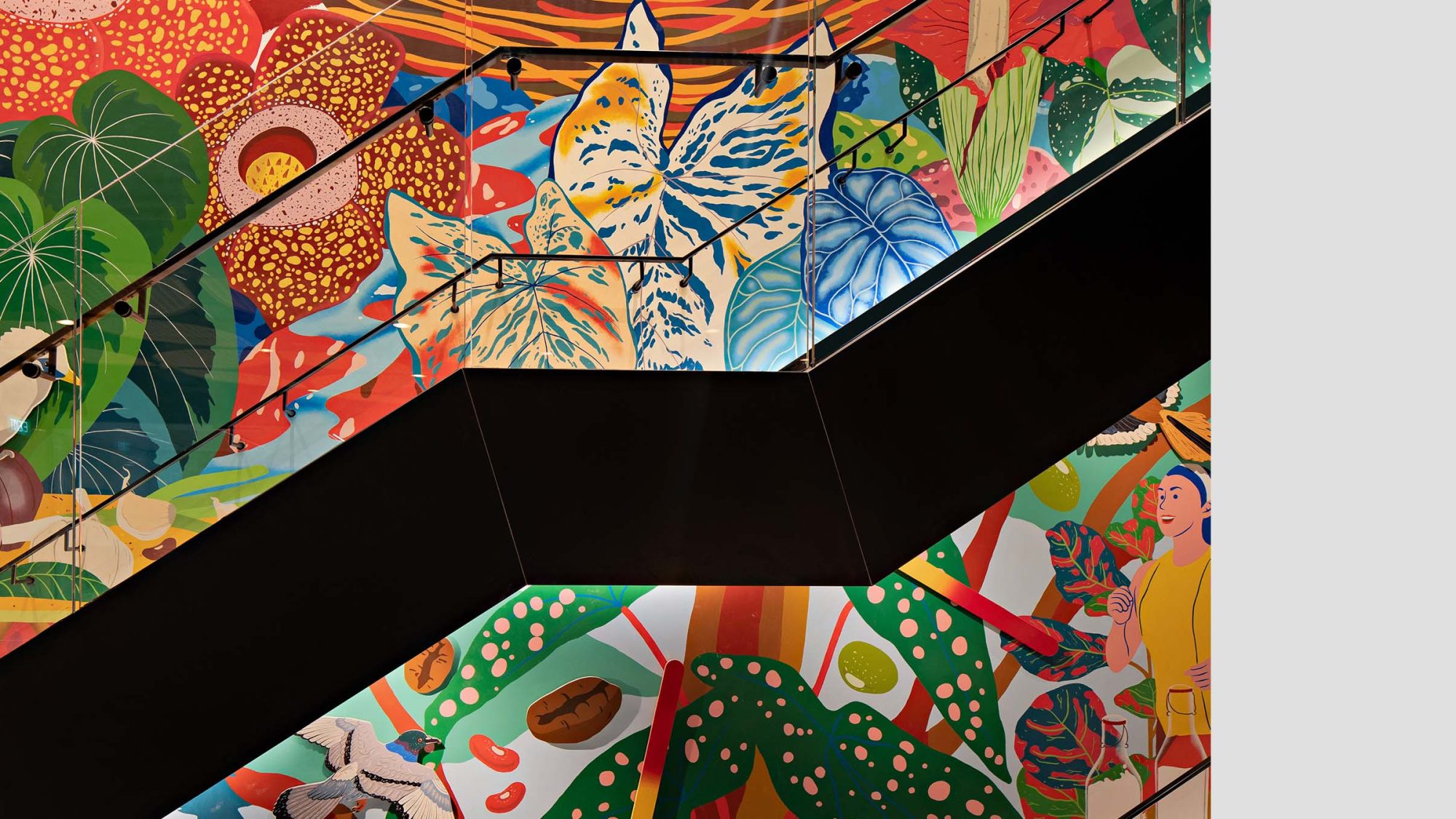
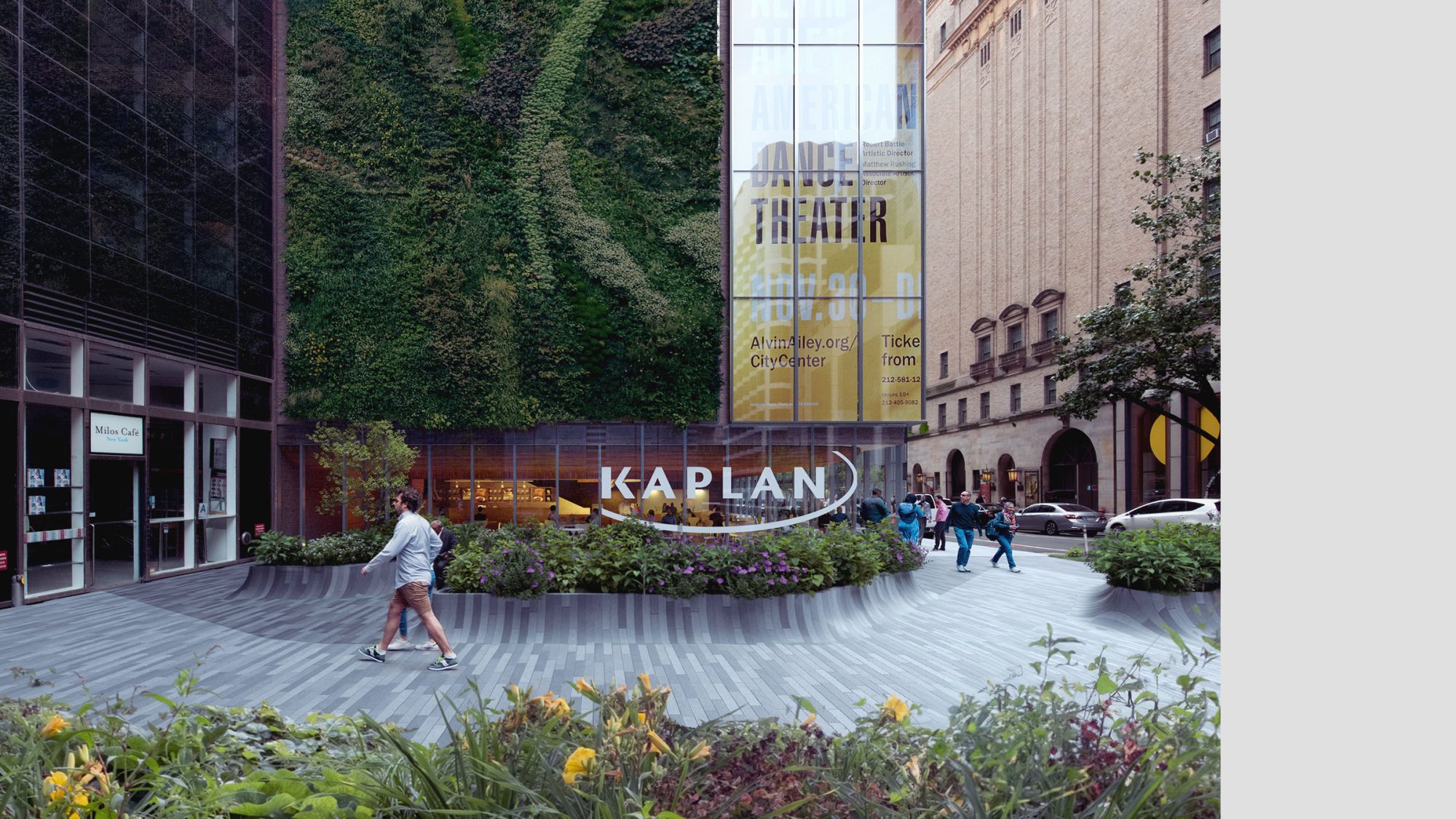
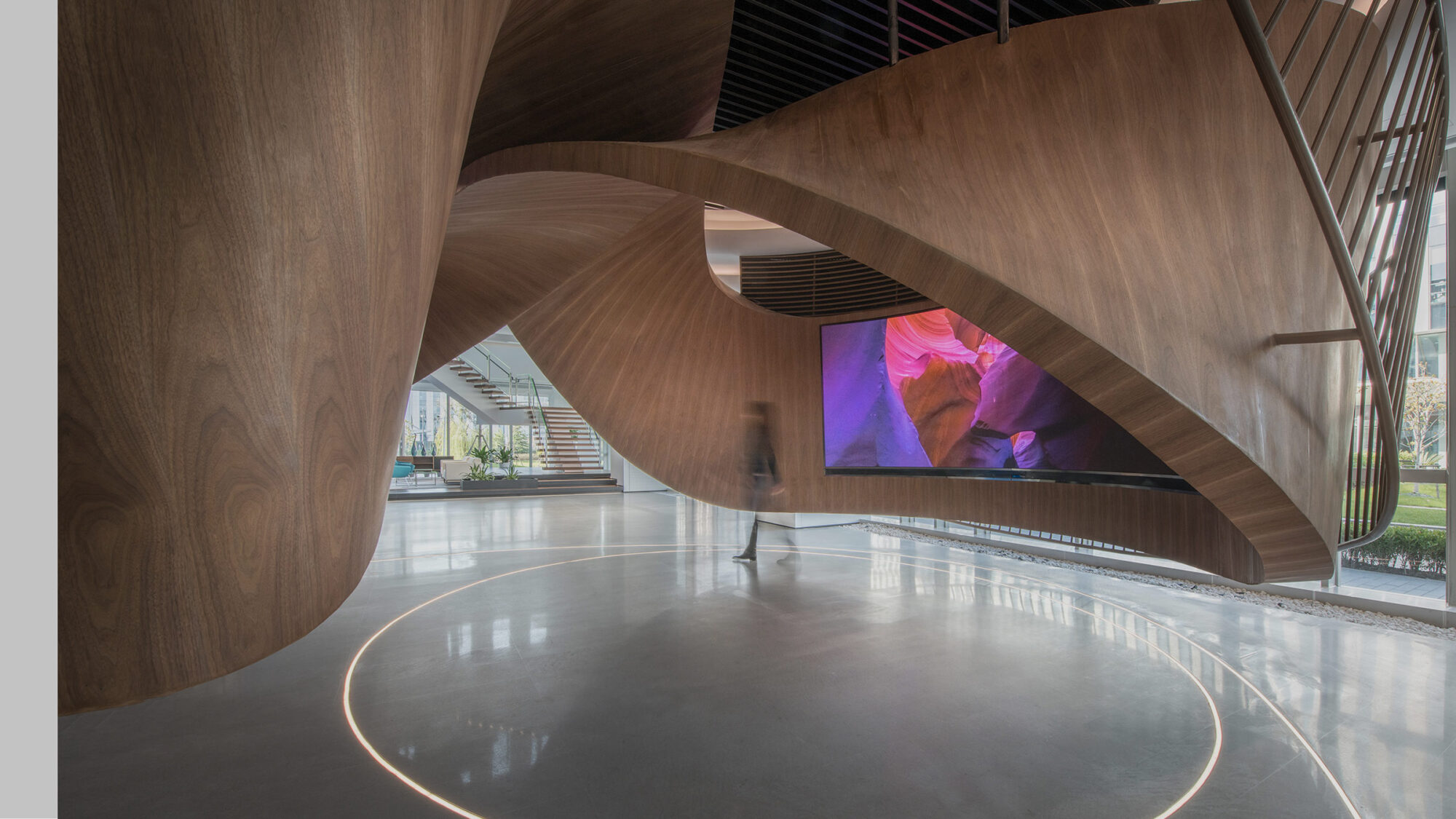
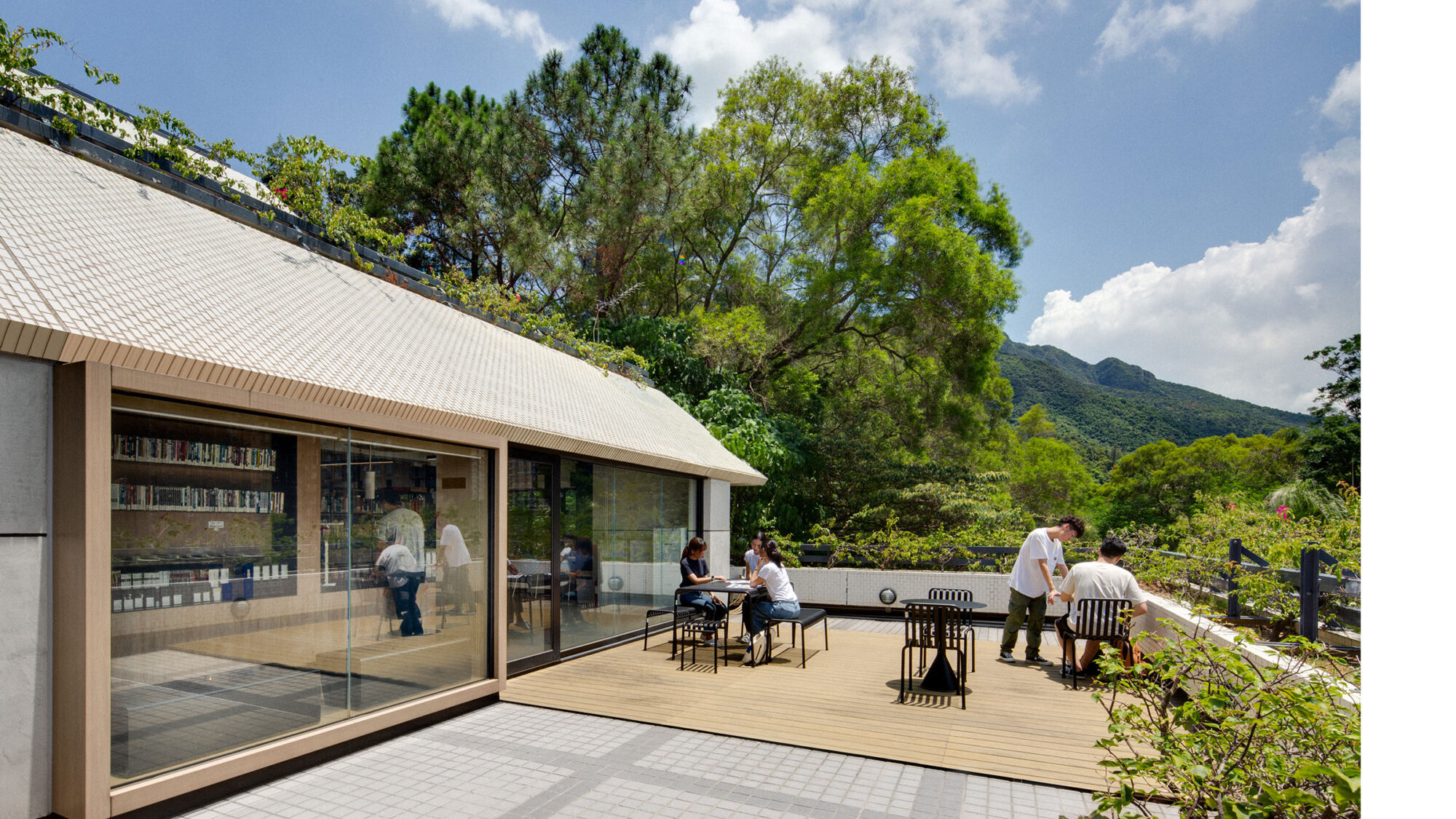
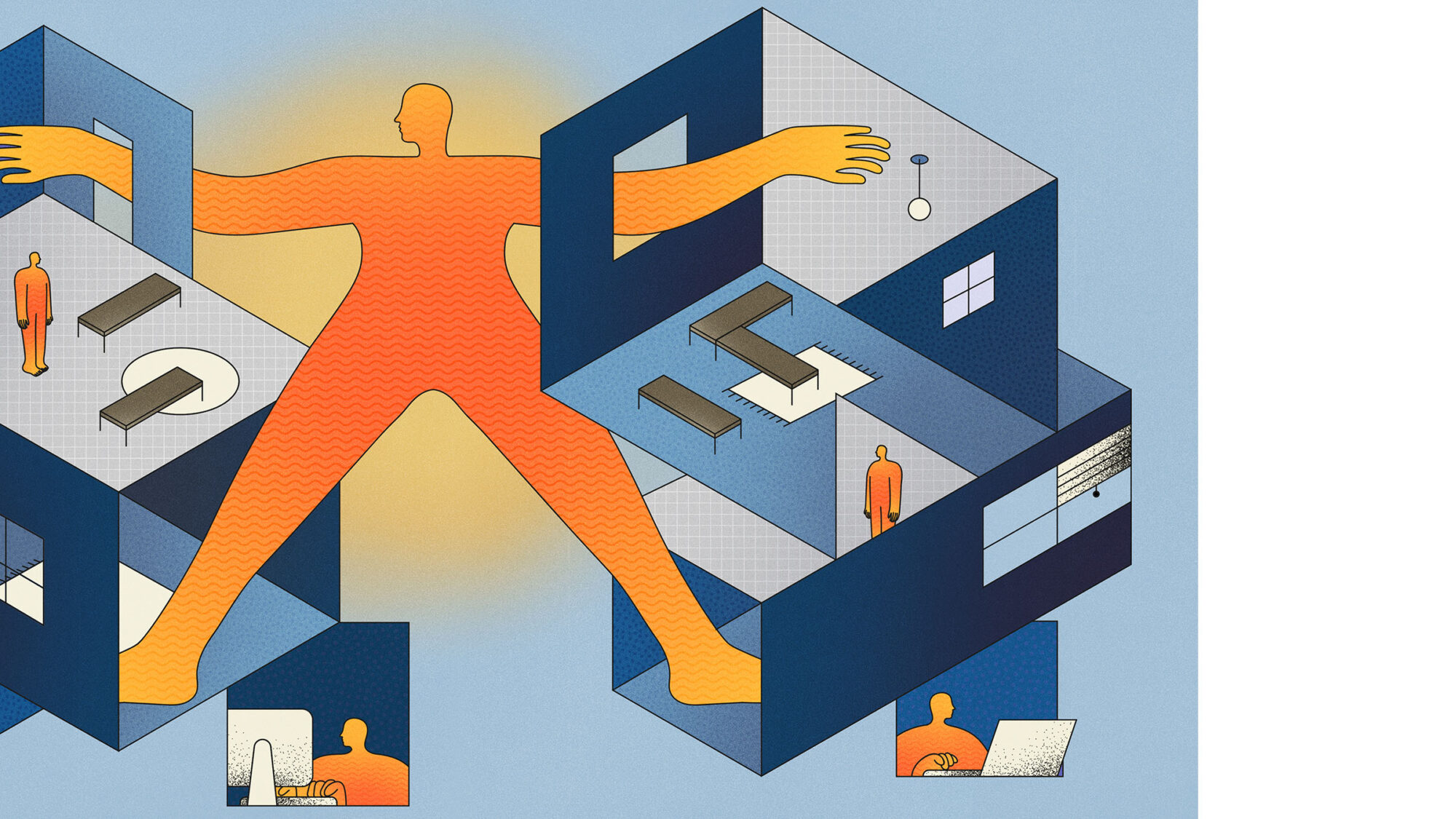
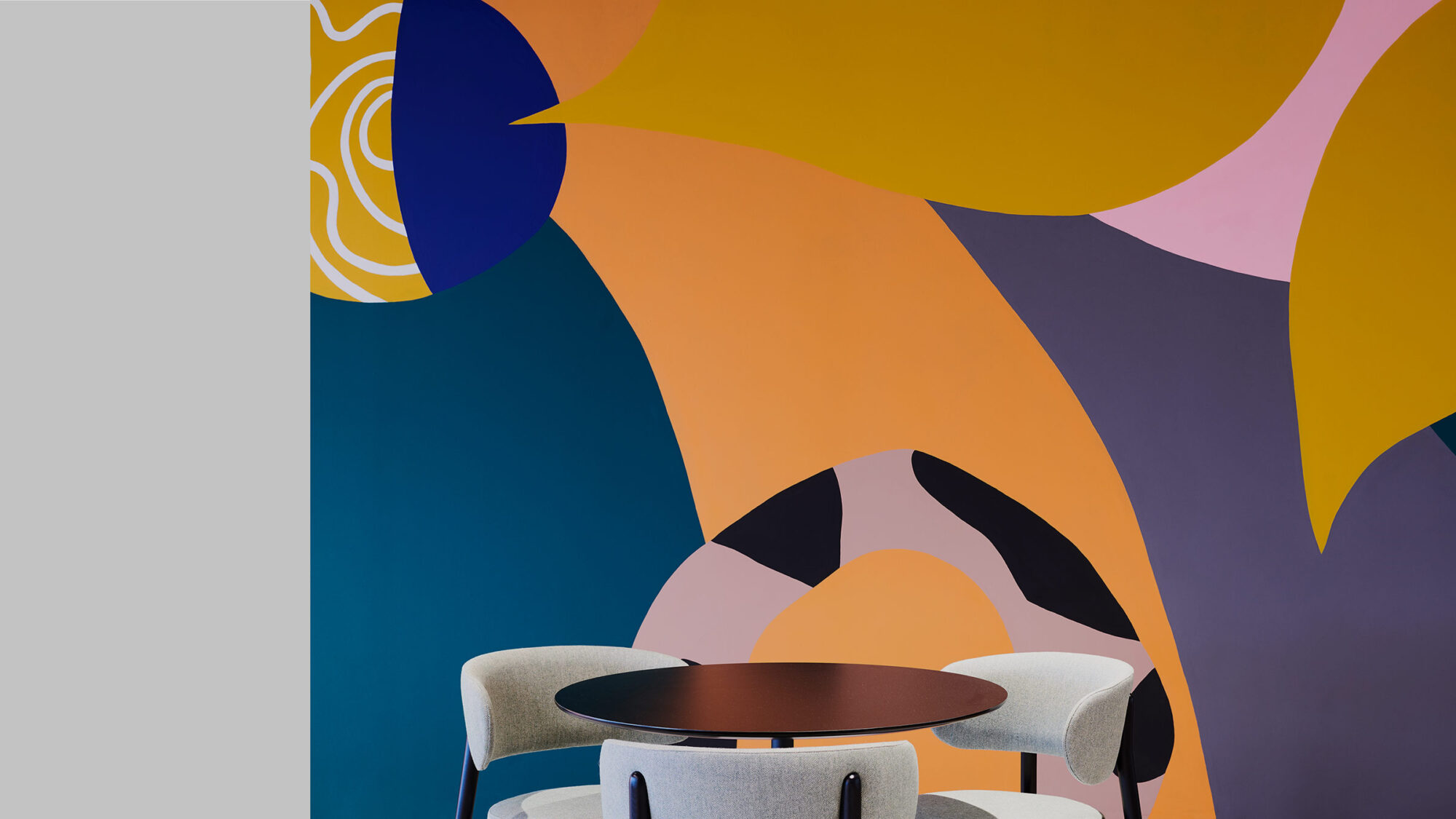
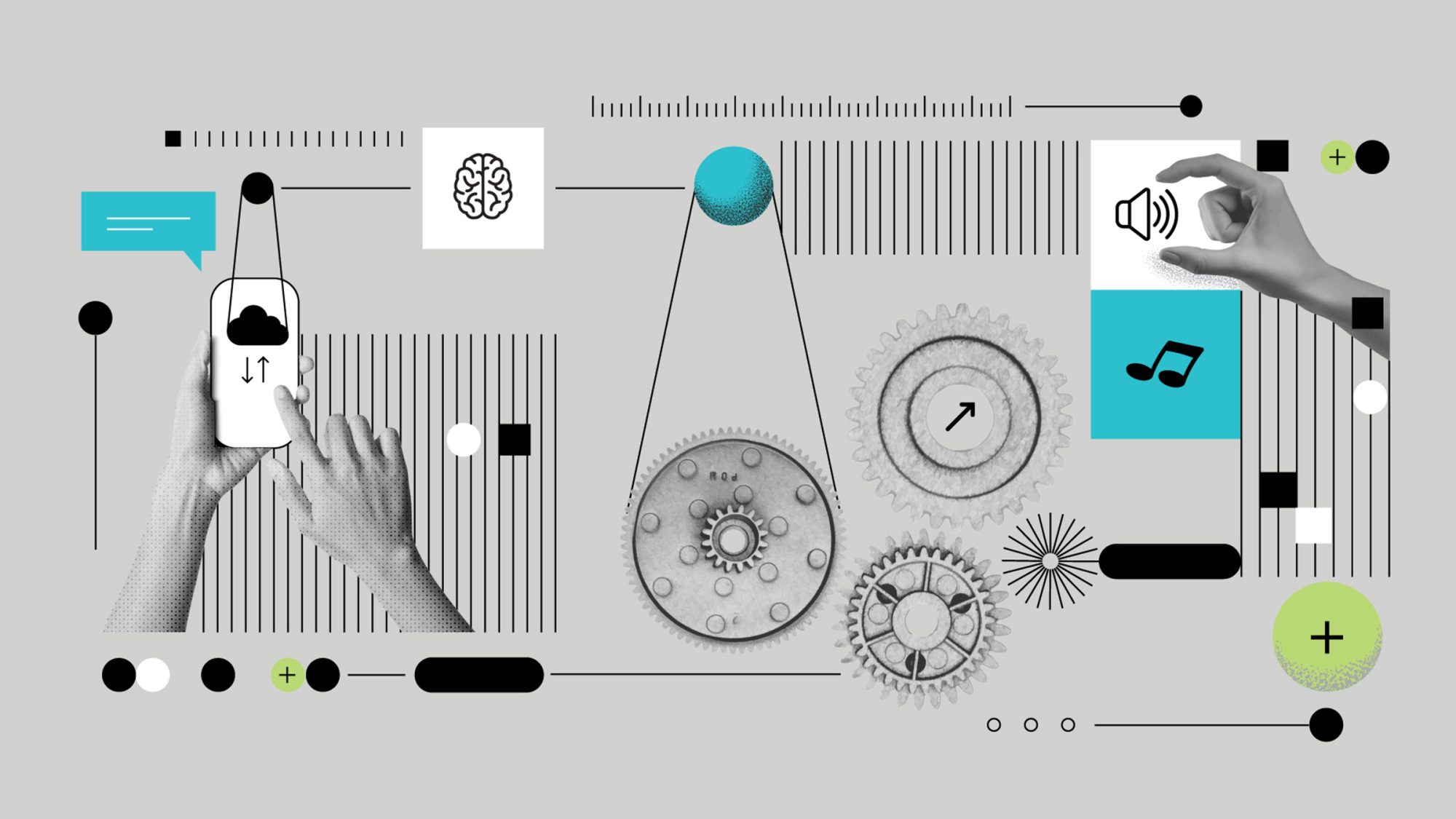
Editor’s note: This article was originally published in Work Design Magazine and is republished here with permission.
What if the office actually made you feel better?
Not just more productive. But clearer. Calmer. Maybe even, on a good day, happier?
It sounds like a big ask. But in a world where the office is still trying to earn the commute, how a workplace feels might be its strongest currency.
Today’s best offices are choreographed to move with you, match your rhythm and support how you show up at work. They’re less static containers, more living systems, and we believe sensory design is the unseen framework shaping the experience.
This article explores how sensory design, layered through light, sound, subtle tech and more, can transform everyday office moments into something more meaningful, energising and human.
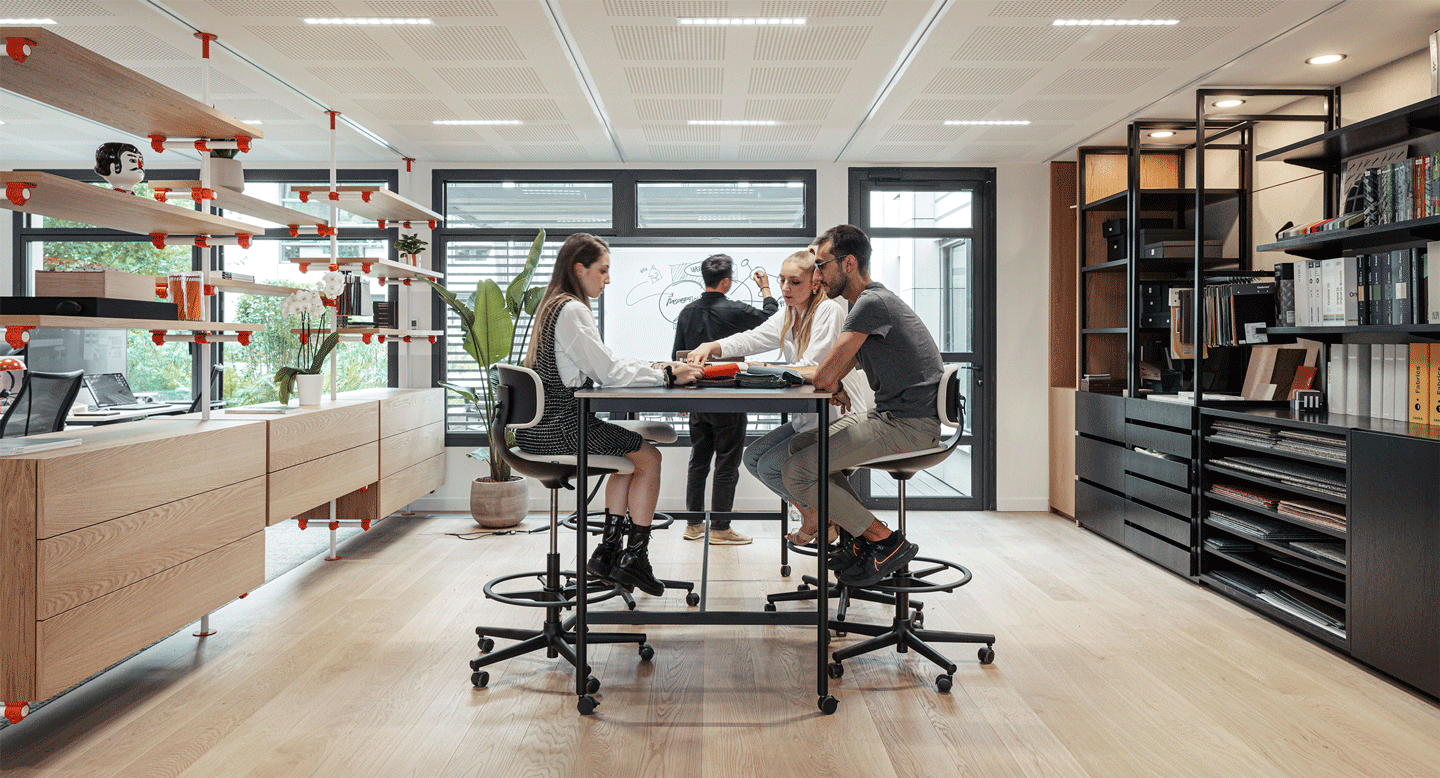
How can we honour our nervous systems so our brains can actually do their job? Our brains weren’t built for constant pings, harsh lights or the low hum of HVAC systems. When our nervous systems are overwhelmed, cognitive performance takes a hit, focus dips, stress rises and decision-making becomes harder.
According to research, workplace energy is physical, mental, emotional and even spiritual. Whether you’re refuelling with a snack or pausing to reflect on a big decision, the way you manage energy throughout the day shapes how well and how sustainably you work.
Later research suggests energy at work is largely emotional. The key, then, isn’t just getting things done, it’s protecting your sense of emotional activation. That’s where micro-breaks, environmental cues and sensory transitions come in.
Strategies that support this emotional energy, like movement breaks, quiet zones, soft lighting and acoustic balance, help protect our mental clarity and reduce burnout. From the sound of a soft playlist near the pantry to warmer lighting in quiet corners, these moments offer tiny resets and matter more than you might think.
Through purposeful design, we can give our nervous systems a chance to recalibrate, allowing our brains to function at their best. Evidence shows that effective energy management improves wellbeing and leads to better focus, more positive interactions and higher job satisfaction. In other words, when we support the body, the mind follows.
Most offices are task-built. Rows of desks, a few meeting rooms, maybe a ping-pong table (yes, we still see these) to keep things lively. But that model misses something essential. You, us, the human experience that makes full use of the body, the brain and all the emotions attached. All of which are constantly reacting to what’s around us, light, sound, smell, temperature, even texture.
Sensory layering is the practice of tuning these elements, quietly, intentionally, to support how people feel throughout the day. Think of it like adjusting the lighting and soundtrack during a movie. The plot stays the same, but the experience? Totally different.
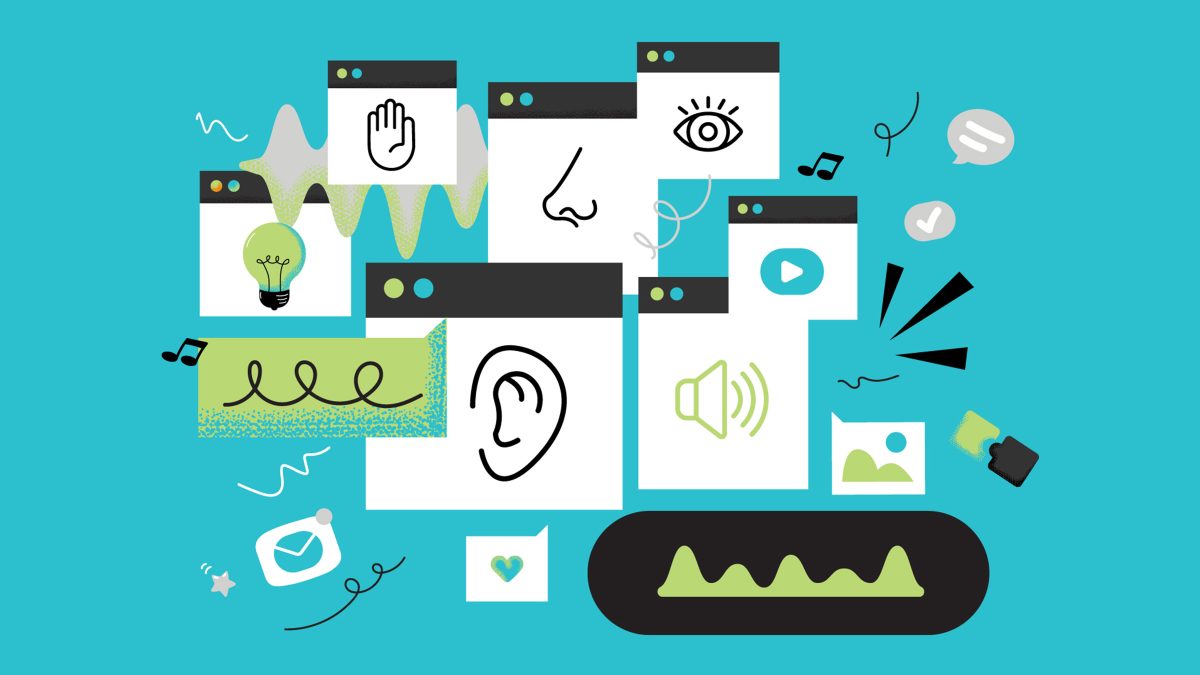
Work doesn’t happen in one big block, it happens in moments. You walk in with intention. You sit. You shift. You breathe. You lose focus. You get it back.
Good sensory design maps to these rhythms.
In the morning, your brain may be sharper. Brighter, cooler light can support alertness. Midday? You may hit a wall. Softer light, lower sound levels or reflective spaces give you room to recharge. Even a walk to the pantry, if designed right, can be a reset.
Smart systems make this easier. Here are a few examples of the types of tools that listen.
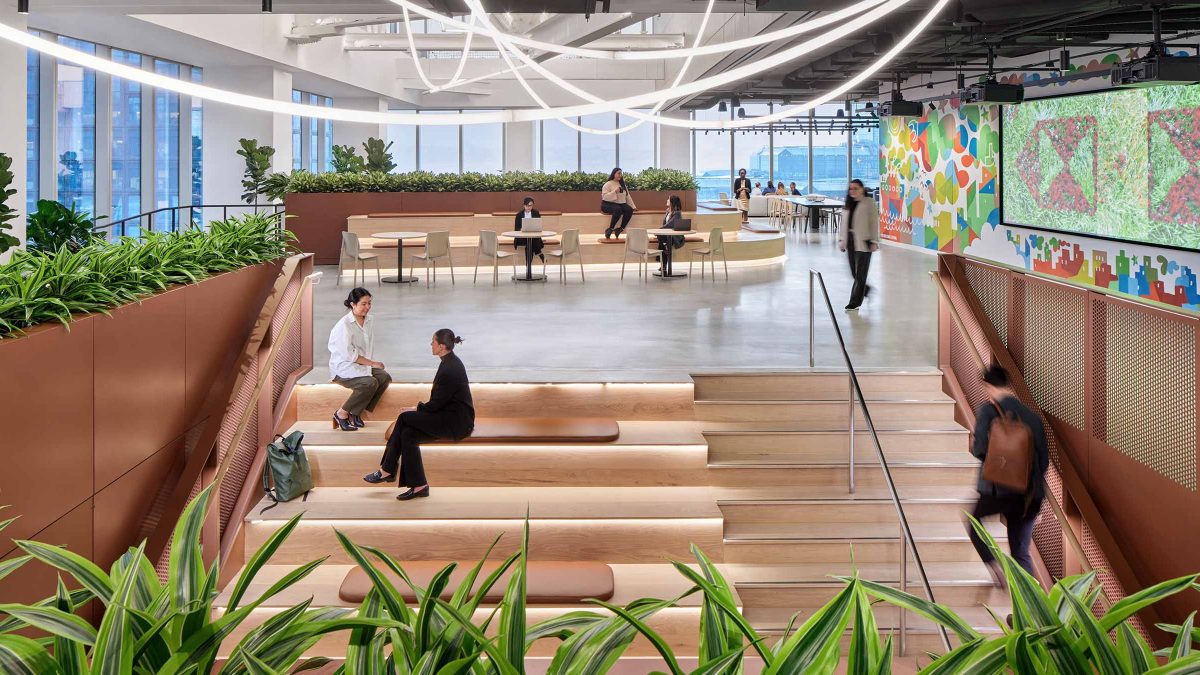 At HSBC’s headquarters, circadian lighting subtly follows the body’s natural rhythms, shifting throughout the day without drawing attention. Soundscapes also adapt based on occupancy and activity.
At HSBC’s headquarters, circadian lighting subtly follows the body’s natural rhythms, shifting throughout the day without drawing attention. Soundscapes also adapt based on occupancy and activity. 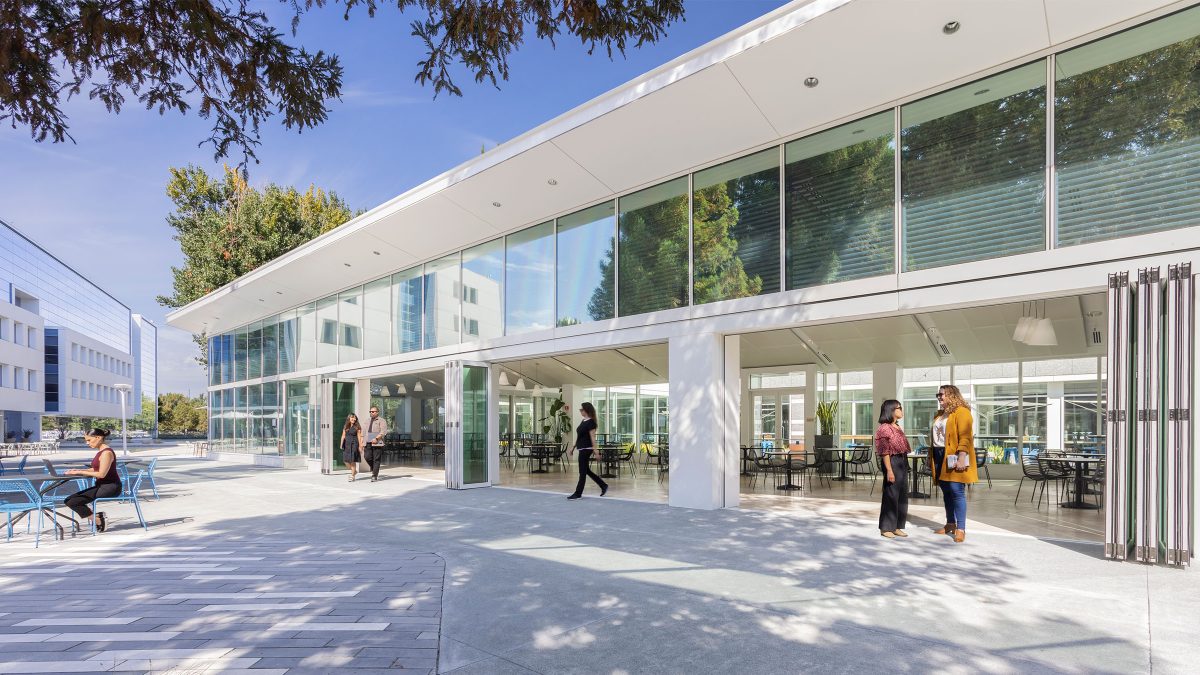 In PayPal’s San Jose outdoor space, a responsive façade adjusts indoor airflow based on time and temperature.
In PayPal’s San Jose outdoor space, a responsive façade adjusts indoor airflow based on time and temperature. 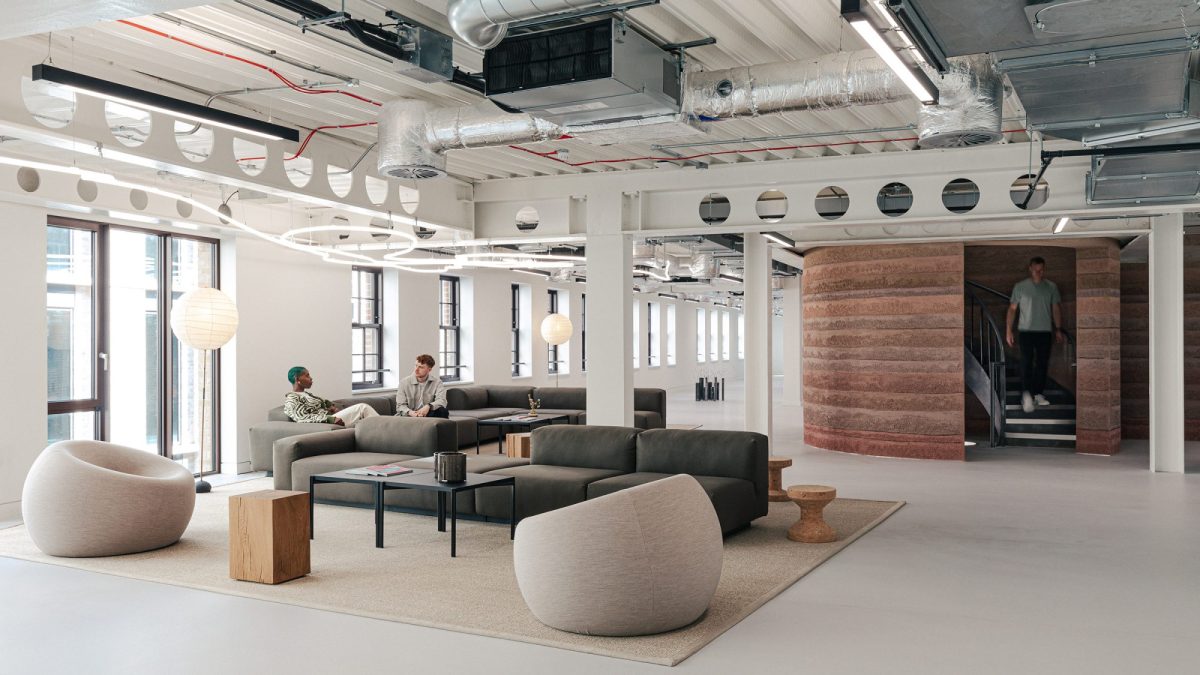 In On’s London office, branching corridors and a rammed-earth staircase guide movement, while natural light and tactile clay walls cue focus, recharge and reconnection.
In On’s London office, branching corridors and a rammed-earth staircase guide movement, while natural light and tactile clay walls cue focus, recharge and reconnection. 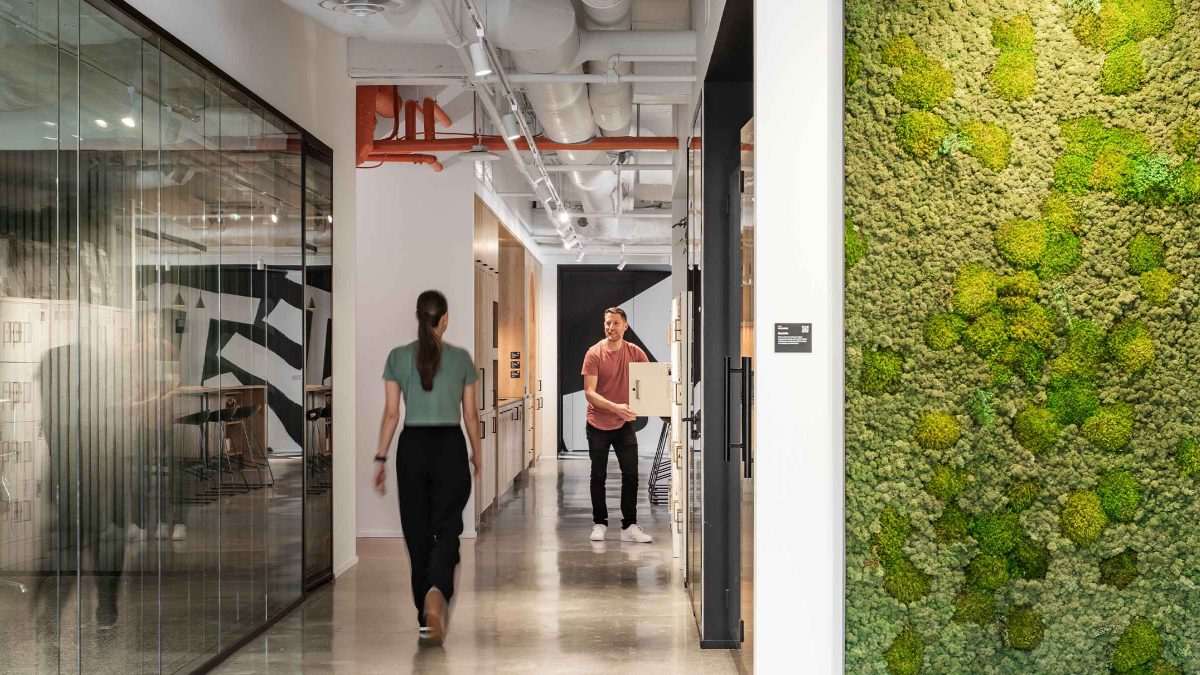 At our Vancouver living lab, smart sensors fade into the background, quietly monitoring light, sound, air and space to support comfort and creativity.
At our Vancouver living lab, smart sensors fade into the background, quietly monitoring light, sound, air and space to support comfort and creativity. Not every great idea is born in a brainstorm. Some need space to breathe first.
Too often, workplace design is framed as a binary choice. Focus zones vs. collaborative areas. But what about the in-between?
That’s where sensory layering shines. A plant-filled corner becomes a thinking spot. A circular table tucked away invites conversation. A phone booth becomes a writing haven, not just because of the furniture, but because of the light, the quiet and how it feels.
These are the in-between moments when ideas start to take shape, when dots connect in your mind without you even realising it. They need space too.
There are moments of reflection. Processing. Low-energy thinking. Consolidation. They’re not heads-down work, but they’re not group brainstorms either.
Sam Farhang, Director, M Moser AssociatesGood sensory design is small shifts that make a space feel intuitive, calm and alive. When done well, you don’t even realize it’s happening, you just focus better, move more naturally and feel more at ease.
These aren’t flashy interventions. They’re felt ones.
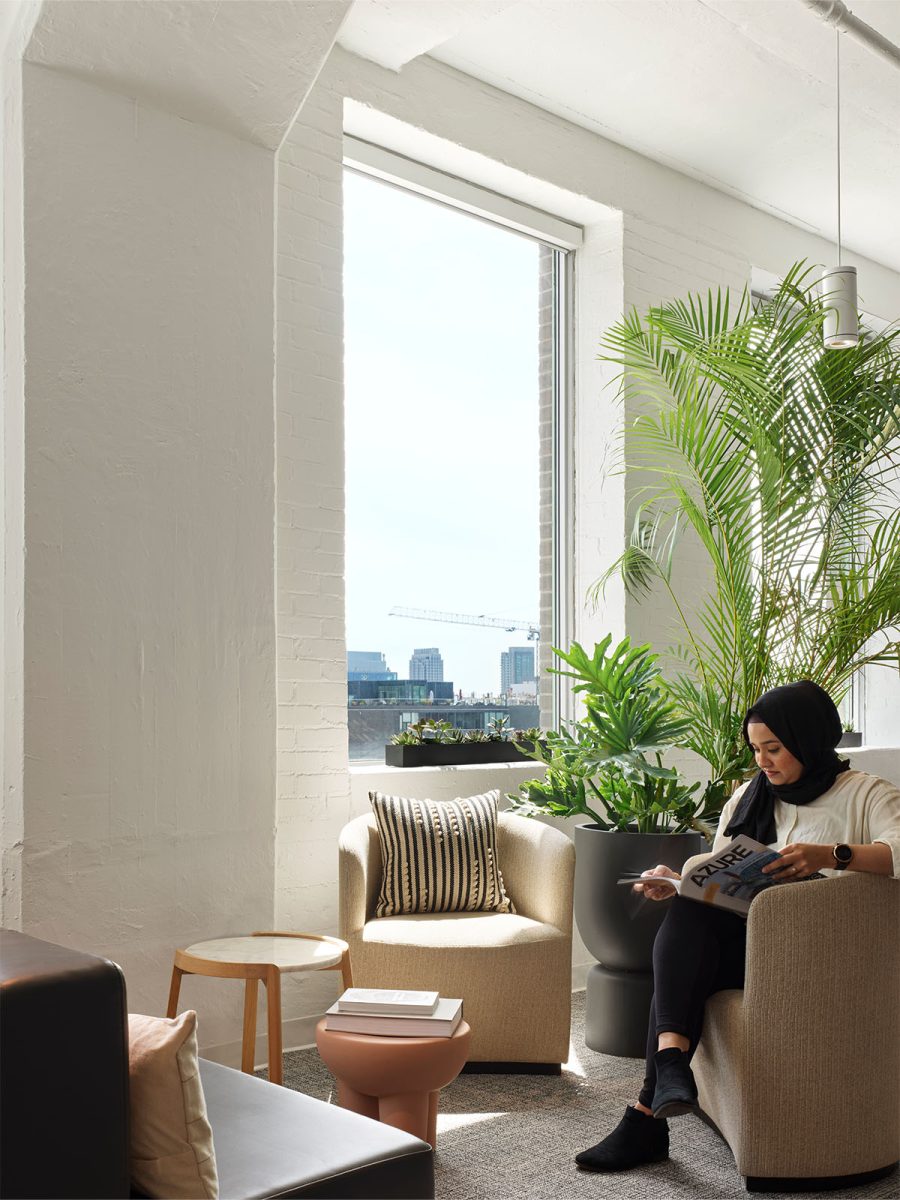 At our Toronto living lab, employees noted how lighting, acoustics and material shifts helped them focus without realising why.
At our Toronto living lab, employees noted how lighting, acoustics and material shifts helped them focus without realising why. 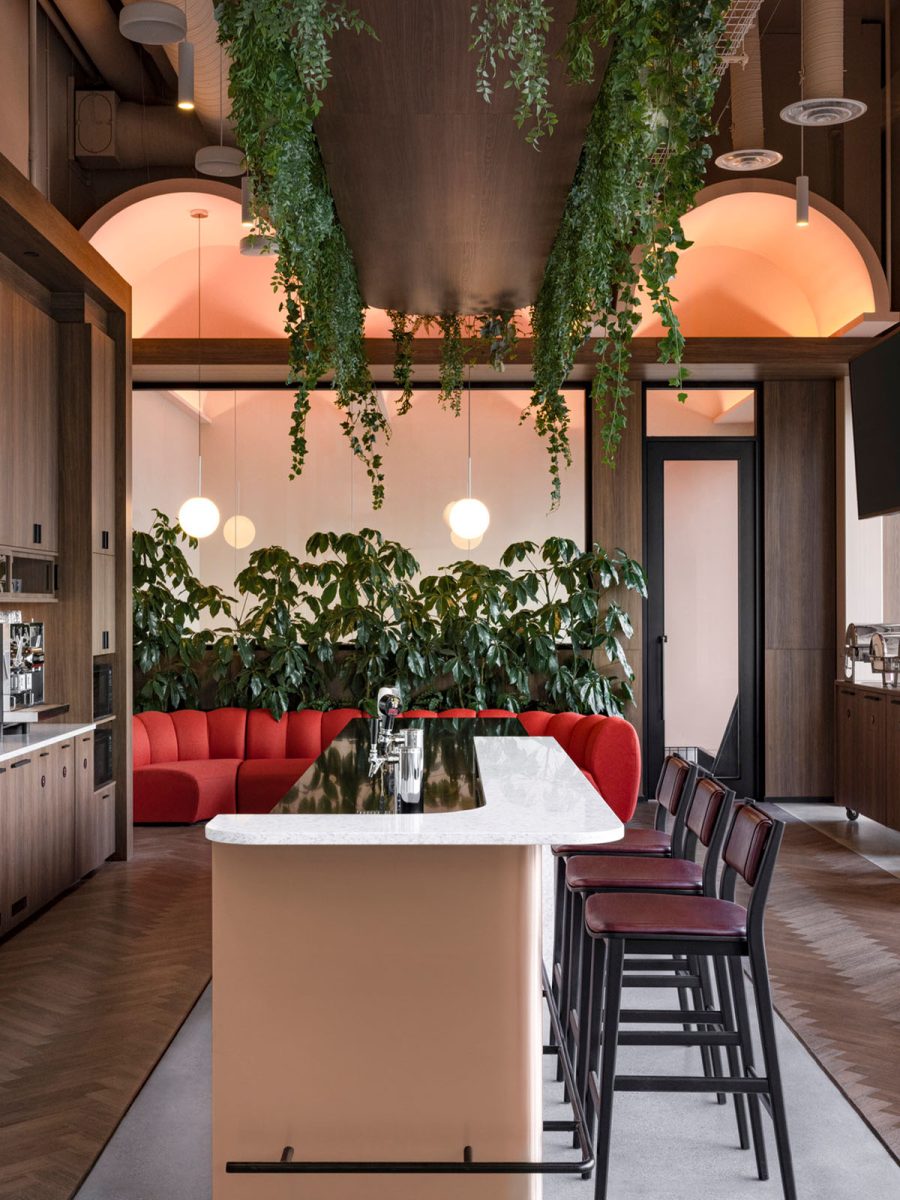 At Match Group’s Vancouver hub, textured surfaces and changes in ceiling height guide people intuitively, without signage, through zones of energy and calm.
At Match Group’s Vancouver hub, textured surfaces and changes in ceiling height guide people intuitively, without signage, through zones of energy and calm. 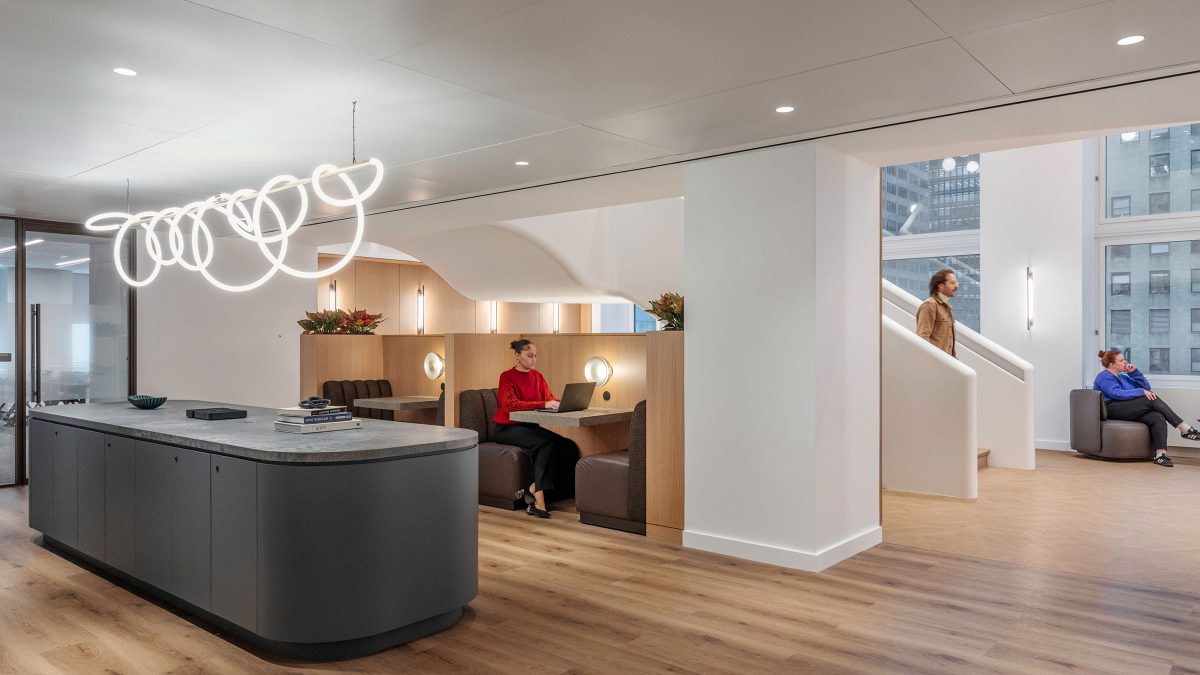 A community-first space choreographed for connection, not control, where every element invites movement, conversation and intuitive flow.
A community-first space choreographed for connection, not control, where every element invites movement, conversation and intuitive flow. We don’t live static lives. So why should our spaces be frozen in time?
The workplaces that move us are the ones that move with us. Dynamic. Responsive. Unfolding across the day in sync with our brains and bodies. Sensory layering is about designing feelings, then matching them, moment by moment, to how people really work.
At the end of the day, people don’t remember spaces, they remember how a space made them feel. Sensory design is our chance to make that memory a good one.
Director